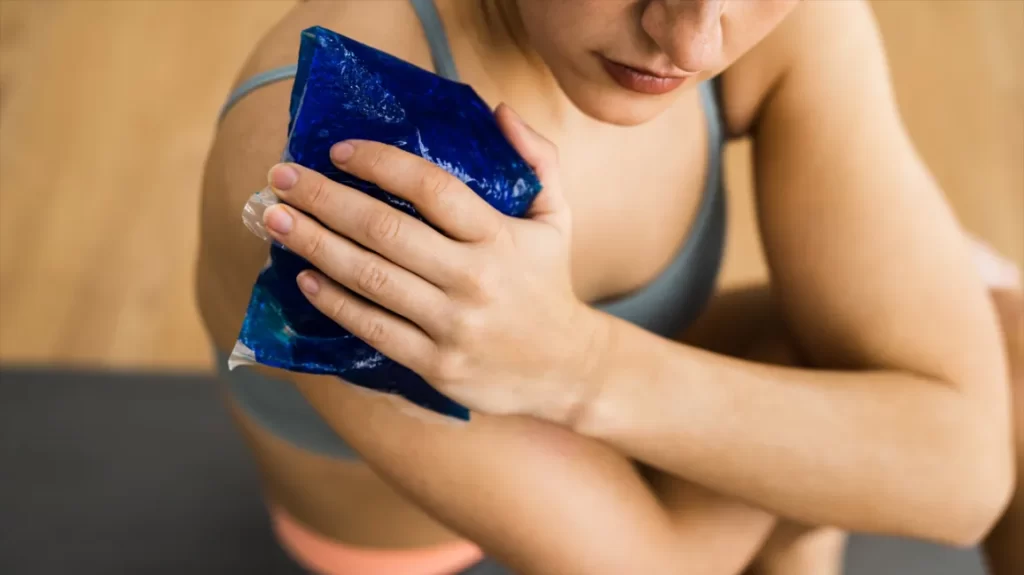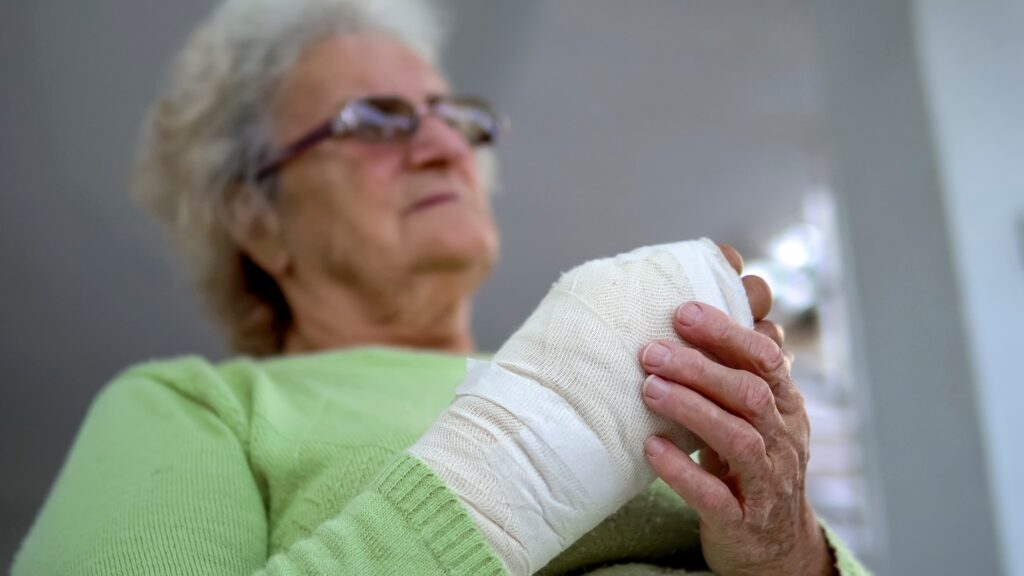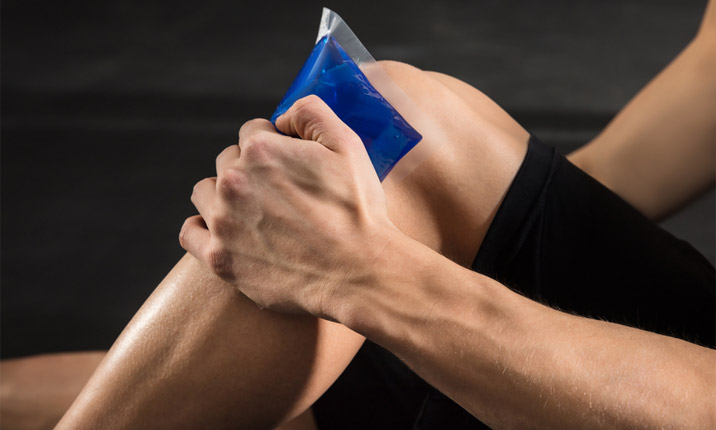The use of cold, heat, and contrast chemicals has proven to be the most effective approaches for the treatment of injuries. To what extent, and under what conditions, should each of these therapies be utilized? Continue reading to find out how to take back control of the situation!

If you’ve experienced an injury, one of the simplest and most effective ways to speed up your recovery after exercise and treat the injuries you’ve received is to treat yourself at home using cold, heat, or contrast agents. This is one of the easiest methods available. After you have finished reading about this subject, you will be able to give an answer to the question “when should each therapy be administered?” to offer patients who have been wounded the greatest possible quality of treatment.
When to use colds to treat injuries?

For injuries such as sprains, tendinitis, muscular discomfort, and muscle rips, as well as bruising, low temperatures, are indicated. They are highly beneficial to the recuperation process after exercise.
The application of frigid temperatures as a curative measure is the principle behind cryotherapy. It has significant physiological effects, one of which is a reduction in blood flow, leading to improved vascular and lymphatic drainage. It has anti-inflammatory properties and helps lower temperature and the metabolism of cells. Additionally, it reduces edoema, discomfort, and muscular spasms, and it speeds up nerve transmission. In a nutshell, a method that is highly helpful in the treatment of injuries.
After being applied for ten minutes, the cold begins to act as a vasoconstrictor, which is the mechanism behind all of these effects. However, because Clarke and Lewis’s “oscillating action” causes vasodilation to develop again, it is not suggested that its application be continued without interruption for more than twenty minutes.

When to use heat to treat injuries?

Contractures, muscular spasms, post-traumatic diseases, and joint issues are all good candidates for heat therapy. Heat is also helpful for chronic and subacute inflammatory processes (when the damage is not recent). The epicondylitis, sometimes known as tennis elbow, is one of these conditions.
Thermotherapy, also known as heat treatment, boosts blood flow (and consequently the delivery of oxygen and nutrients as well as lymphatic drainage), raises metabolic rate and temperature locally, and decreases discomfort. In addition to this, it helps to enhance the flexibility of the muscles, ligaments, and tendons, and it also has anti-inflammatory and spasmolytic properties. It is a really efficient method of treating ailments that we have had for a considerable amount of time.
When to use thermal contrasts?

Alternating between hot and cold temperatures helps the body reabsorb fluid that has been retained due to swelling. It is highly helpful in the treatment of injuries when they have been around for more than 72 hours since it works by alternating between vasoconstriction and vasodilation.
Alternating longer periods of immersion in hot water (38-40 degrees) with shorter periods of immersion in cold water (13-18 degrees) is a good way to treat hypothermia.
For example : 1′ cold – 3’heat – 1’cold, 3’heat – 1′ cold – 3’heat – 1′ cold.
